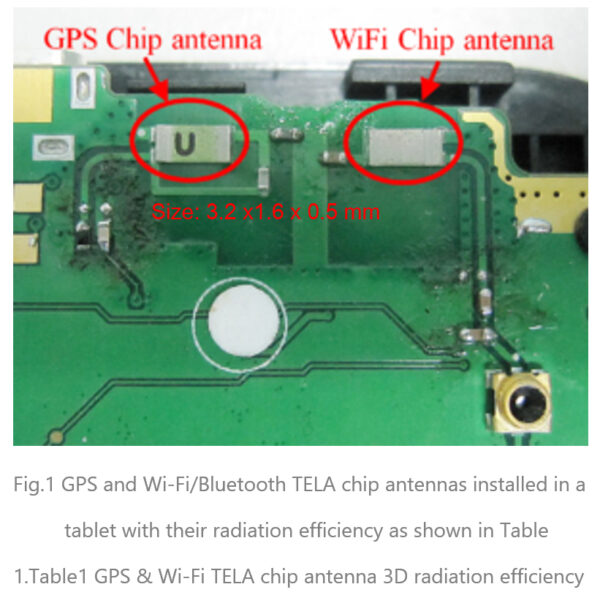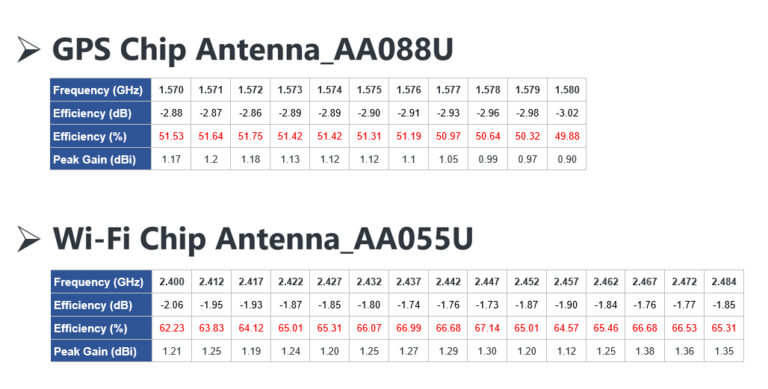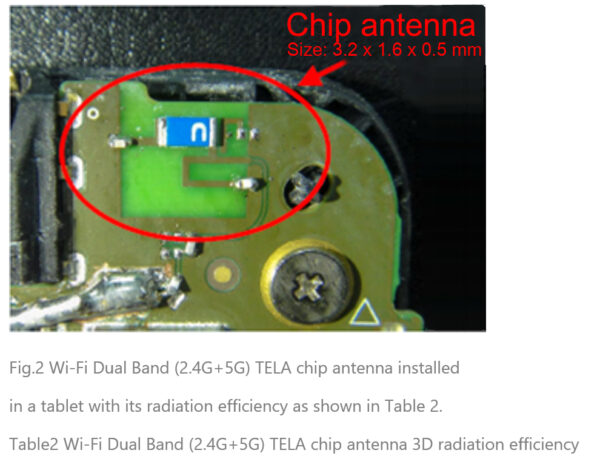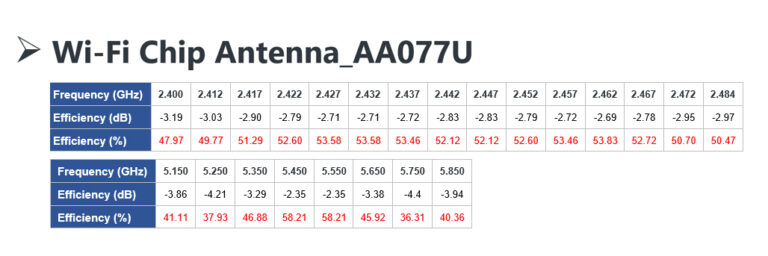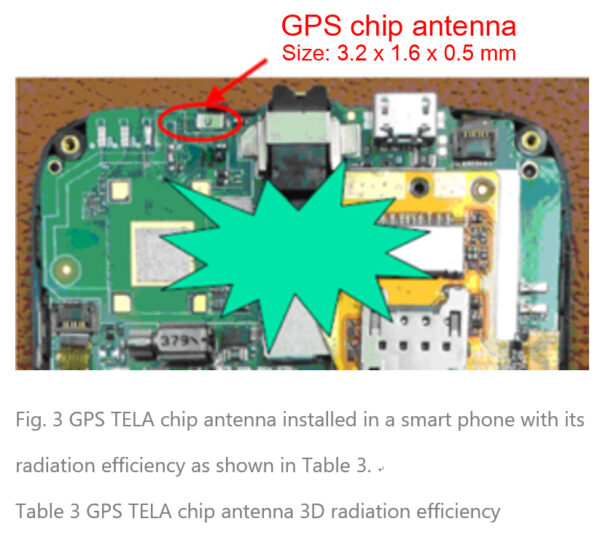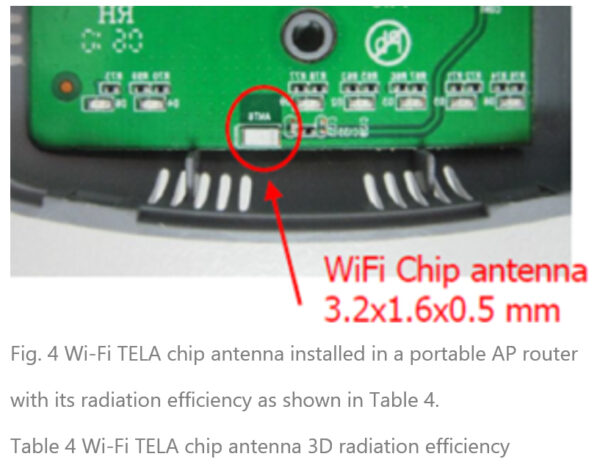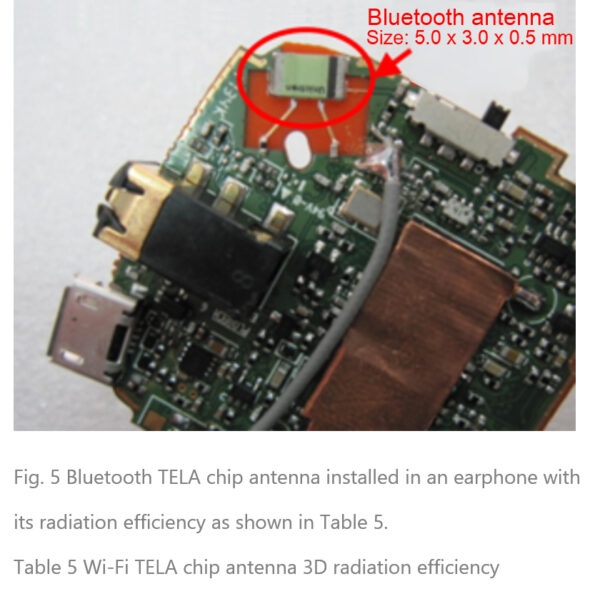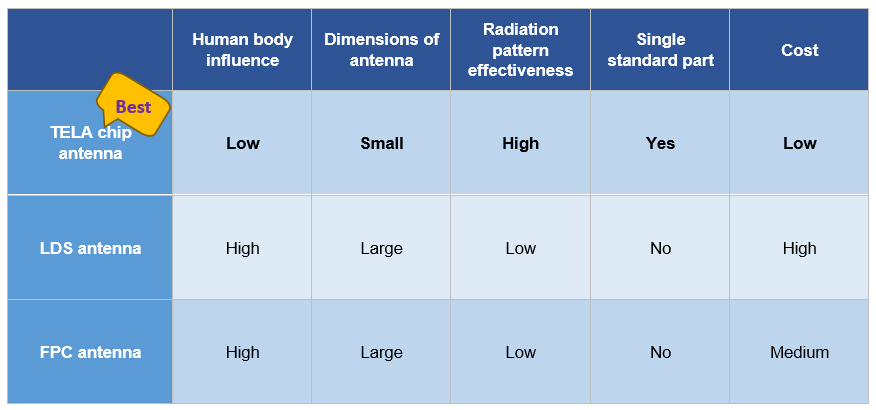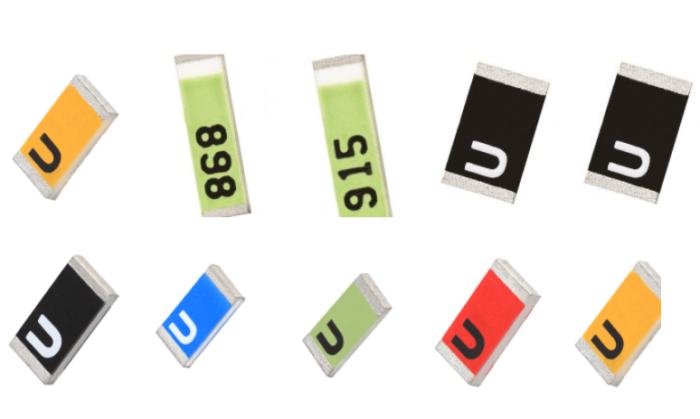TELA chip antenna technology
Most people like to be connected to the internet all the time. Therefore, wireless internet connections are becoming a must-have in modern life. Almost all portable devices now require wireless communication capability, and with that, the Internet-of-Things (IoT) is becoming the technology focus of high-tech industries. Eventually, everything will be connected together through wireless communication devices. In this wireless competition, a winning miniature antenna technology becomes your road to success in the vast market of portable devices because every portable device is competing for less volume, less mass, and thinner thickness.
A look at the past development of electronic products tells us that foreseeing the market need and developing key components accordingly is the key to success. In the case of wireless communication devices, the high-quality interconnection between devices is a crucial factor. In order to achieve the fast and steady internet connection that end users value, having good antenna quality is a basic requirement. With its excellent signal transmitting and receiving quality, Unictron’s patented miniature TELA chip antennas help you develop wireless devices with fast and steady internet connection and win the customer’s heart. Our TELA chip antennas have been widely used in various portable devices by many internationally renowned companies. Let’s take Wi-Fi portable routers as an example. Many current products still use dipole antennas or PCB antennas with cable. They are not only space-consuming, unaesthetic and inconvenient but also expensive and require more labor to assemble. If you replace that with the TELA chip antenna, your product design team can then say good-bye to that outdated antennas and design a new, slim and fashionable look.
Now let’s take tablets as another example. FPC antennas are currently the most common antennas used on tablets. Manual handling is required for an FPC antenna to be assembled on the cover of a tablet and two additional springs are also needed on the main circuit board. The disadvantages of using an FPC antenna are not only the higher assembly and material cost but also the unstable quality due to the requirement of manual installation. On the other hand, TELA chip antennas are SMT processes compatible and cost-effective with reliable quality.
How to design an embedded antenna
Embedded antennas are regularly used in mobile phones, tablets and portable devices. According to the differences in materials and processes, the major categories of embedded antennas include LDS antennas, FPC antennas, and chip antennas. The concerns for designing-in an embedded antenna in a portable device are as follows:
- Antenna performance is negatively affected when the human body is too close
- The trade-off between the size and performance of an antenna
- Easiness of designing-in antennas in portable devices
- Total cost
Considering the antenna technologies used in most portable devices, the majority of embedded antennas are PIFA and monopole antennas. Compared to these antennas and as discussed below, Unictron’s patented TELA chip antennas provide the best solution to the above issues.
1.Antenna performance is negatively affected when the human body is too close
The reactive near field of an antenna consists of electric field and magnetic field. The human body is a dielectric material and has a more adverse influence on the electric field portion of the reactive near field. This could affect the feed-in impedance of the antenna. When the antenna of a portable device is close to the human body, the antenna performance will be impacted more several if the electric field of the antenna is stronger than the magnetic field. Most monopole or PIFA antennas do behave just like this. On the other hand, our patented TELA chip antenna utilizes improved loop antenna design technology and shows stronger magnetic field portion. Therefore, the impact of the human body on the antenna’s reactive near field behavior is lower and thus the impact on the overall performance of the antenna is also lower.
2.The trade-off between the size and performance of an antenna
When a TELA chip antenna is installed at the edge of a printed circuit board, metal traces/layers at both sides of the antenna can be used to radiate RF signals. Although the size of a TELA chip antenna is small, the radiation efficiency can still be very high if the lengths of the metal traces at both sides are long enough. However, for a PIFA antenna, the length of the antenna needs to be about a quarter of the wavelength to achieve good radiation efficiency and the antenna also need to be far away from metal object. When a PIFA antenna is close to the circuit board, the radiation efficiency of the antenna will drop tremendously if the ground clearance area of the circuit board is not large enough. However, for our TELA chip antenna with miniature size of 3.2×1.6×0.5mm, only about 6x6mm ground clearance is needed to achieve very high radiation efficiency.
3.Easiness of designing-in antennas in portable devices
Generally speaking, antenna needs to be customized for each 3C product (computer, communication, and consumer electronics) because the installation location and surrounding environment of the antenna will have a great impact on the electrical characteristics and radiation efficiency of the antenna. Therefore, every device needs to have its specific antenna parts. Under this circumstance, the antenna development time will be longer, the amount of inventory will also be higher which will result in higher material cost. However, TELA chip antennas have a unique tuning element design to fine-tune the resonant frequency. When the resonant frequency of a TELA antenna is shifted due to the differences in mechanical or geometrical environment, antenna engineers can use the tuning element to direct the resonant frequency to the target frequency. Therefore, a same TELA antenna part can be used in various devices with different circuit boards and housing designs. By choosing our TELA chip antennas, the development lead time can be significantly reduced. Furthermore, the inventory cost can be dramatically reduced since one antenna part number can satisfy the needs of many devices.
4. Total cost
The total cost evaluation should include direct material/labor cost and indirect cost.
A. Direct cost:
The cost comparison of the LDS antennas, FPC antennas and chip antennas is provided as follows:
- Considering the expensive raw materials and complicated manufacturing and assembly processes, the direct material and labor cost of the LDS antennas is the highest one compared to the other two antennas.
- To implement an FPC antenna, the total cost will include FPC raw materials itself, two connecting springs or pins, manual assembly and SMT process. Although the direct cost of FPC antenna itself is lower than LDS antennas, it is still higher than chip antennas.
- The total cost of chip antenna is the lowest one since only SMT processing cost is required and there is no manual handling or additional cost of mechanical parts. The direct material cost of the chip antenna itself is also relatively low.
B. Indirect Cost:
To meet the ever changing market demand of all electronic products, the mechanical or geometrical designs will be changed frequently. Consequently, the LDS antennas or FPC antennas need to be redesigned to be compliant with the new mechanical or geometrical structure. This will significantly increase the product development lead time and, of course the cost. However, the same TELA chip antennas can be installed in devices with different mechanical or geometrical structures without redesign. Therefore, TELA chip antennas can reduce the antenna design lead time and lower the total development cost.
Implementation Examples
TELA chip antennas have been widely used in a large varieties of electronic devices. Some typical examples are as shown below:
Fig. 1: GPS and Wi-Fi/Bluetooth TELA chip antenna installed in a tablet.
Fig. 2: Wi-Fi Dual Band (2.4G+5G) TELA chip antenna installed in a tablet.
Fig. 3: GPS TELA chip antenna installed in a smart phone.
Fig. 4: Wi-Fi TELA chip antenna installed in a portable AP router.
Fig. 5: Bluetooth TELA chip antenna installed in an earphone.
Conclusion: Miniature chip antenna with excellent performance
TELA chip antennas are frequently used by internationally renowned companies worldwide in a large varieties of 3C products, such as smart phones, tablets, PNDs, portable routers, wireless dongles, TWS earphones, and more. TELA chip antennas have many advantages: cost-competitive, user-friendly design, noise resistant and miniature in size. The following table shows the comparison between chip antennas. LDS antennas and FPC antennas.

